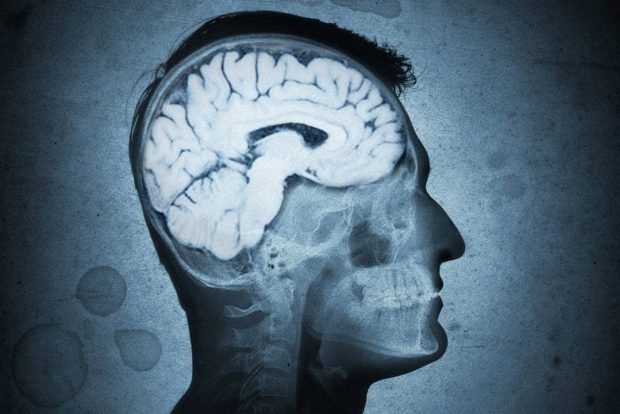May 26, 1402 at 19:35
Half of humans are infected with the zombie parasite; But this parasite was able to successfully hide itself from the immune system. Toxoplasma gondii parasite in its active state has terrible consequences.
Toxoplasma gondii is the name of a specific parasite that is also known as the zombie parasite. This single-celled parasite activates in mice and takes control of their minds. In fact, the change in behavior is such that the mouse approaches the cats to be eaten by them. Imagine that one day this parasite becomes active in humans.
The zombie parasite has a special defense mechanism and can control the host’s mind

This dangerous parasite is hidden inside the body of half of humans and is in a silent state. For this reason, it has rarely been seen to have a specific sign in humans. The mentioned parasite uses two genes that reinforce each other’s activity to enter the defense mode. This mode is activated when the host’s immune system wants to attack the parasite.
Of course, the zombie parasite is not a very important threat to humans at the moment, and the reason for its attempt to control the mouse brain is to reach the cat’s body. The only place where it can reproduce. However, due to some possible problems, scientists are looking for its treatment. For this, it is necessary to identify proteins that activate the parasite gene so that the defense process can be stopped.
Scientists disagree about the zombie parasite’s ability to control the human mind. Some claim that this parasite can increase violence, disgusting behavior and even schizophrenia in a person. However, some research also rejects these claims. Most people who have Toxoplasma gondii do not show any symptoms. But it has rarely been observed that mild flu-like symptoms also occur.
Of course, this parasite can cause problems in fetuses, babies and people with weak immune systems and damage their eyes and brain. Even death has been reported in some cases. This parasite has a very high growth in its monozoite state; But when it is in a stressful situation such as an attack by the host’s immune system, it enters the brain and muscle tissue.
In this case, the parasite becomes a brandyzoite, where it hides itself in a cyst to return to the active state in suitable conditions. The body’s immune cells and various treatments can destroy the zombie parasite in its single-zoite state; But who protects Brandyzoite from attacks?
Sebastian Loredo and his colleagues at the Massachusetts Institute of Technology (MIT) had previously succeeded in identifying the gene-activating protein responsible for the transformation of the tachyzoite into the brandyzoite. They named this protein BFD1. In the new investigations, the team managed to identify another transcription factor affecting BFD1. The new factor is called BFD2.




When the researchers deleted the gene associated with BFD2, they found that the tachyzoite was no longer able to transform into a brandyzoite and form a cyst. They even injected 100 samples of the zombie parasite that lacked this gene into mice. An autopsy 45 days later showed that there was no trace of the cyst in the animal’s brain. Of course, this could not be related to the successful functioning of the mouse’s immune system, because a small amount of single-zoite was still in the body.
The MIT team next found that BFD1 and BFD2 interact. Stress can increase both in mice; But deletion of the BFD1-related gene causes BFD2-related gene inactivation. This also led scientists to conclude that BFD1 is linked to the BFD2 trigger gene and actually activates it.
However, the effect of BFD2 on BFD1 is completely different. When the scientists deleted the gene associated with BFD2, the gene associated with BFD1 remained active. Also, its genetic instructions were copied to mRNA molecules to make BFD1 related protein. But no protein was produced.




In fact, these two transcription factors work together to allow the zombie parasite to change its shape to avoid the immune system. Scientists do not yet know what causes the brandyzoite to transform into a singlezoite when the stressful conditions are relieved. Current treatments for Toxoplasma gondii parasite are not very effective. For this, you have to target transcription factors, which is not an easy task.
In fact, only a few cancer drugs are able to do this; Therefore, we have a long way to develop the drug for this parasite. We hope that until then, due to unknown reasons, this parasite will not change its behavior and suddenly take control of the human brain. In that case, the possibility of what we saw in the last loser series will not be far from reality.

